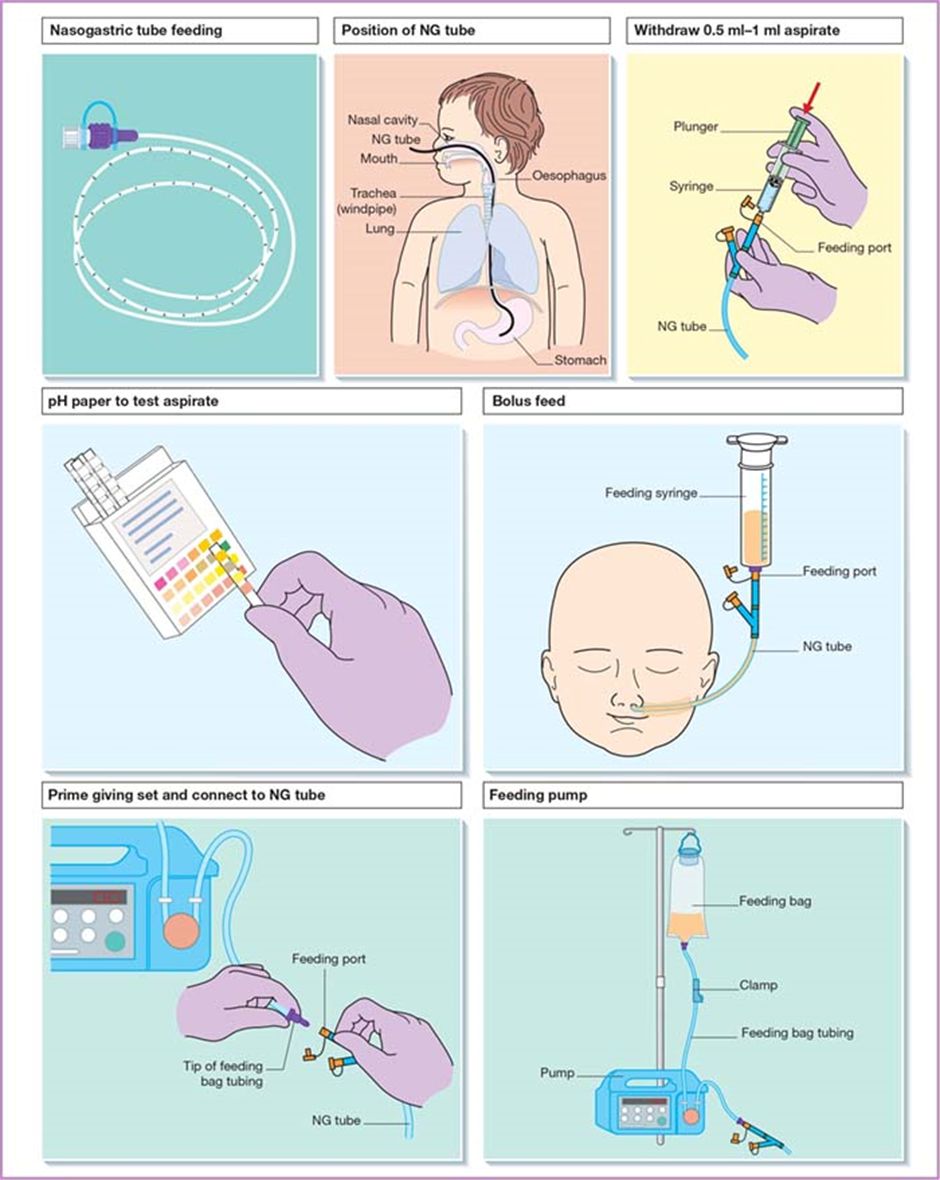A nurse is caring for a client who requires an NG tube. After inserting the tube, the nurse tests the pH of the client's aspirate. Which of the following pH levels should the nurse identify as an indication of correct placement of the tube?
8.0
6.0
7.0
4.0
The Correct Answer is D
A. 8.0: An aspirate pH of 8.0 would indicate an alkaline substance. This would not be typical of stomach contents, which are acidic. An alkaline pH might suggest placement in the intestines or respiratory tract.
B. 6.0: While this is less alkaline than 8.0, it is still not within the typical range for stomach contents. Stomach aspirate is generally more acidic.
C. 7.0: A pH of 7.0 is neutral. Stomach contents are typically more acidic, so a neutral pH would not be consistent with correct NG tube placement in the stomach.
D. 4.0: This is within the acidic range and is consistent with the pH of stomach contents. It would be considered an indication of correct NG tube placement in the stomach.
Nursing Test Bank
Naxlex Comprehensive Predictor Exams
Related Questions
Correct Answer is C
Explanation
A. Moist skin: Dehydration often leads to dry skin rather than moist skin. When the body is dehydrated, it conserves water, and one of the signs can be dry, less elastic skin.
B. High blood pressure: Dehydration tends to result in lower blood volume, which can lead to lower blood pressure rather than high blood pressure. However, severe dehydration may cause a drop in blood pressure.
C. Dark-colored urine: Dehydration commonly causes urine to become more concentrated, leading to darker urine. This is due to the kidneys conserving water and producing less urine.
D. Distended neck veins: Dehydration is more likely to result in decreased blood volume and lower venous return, which would not typically lead to distended neck veins. Distended neck veins are more commonly associated with conditions like heart failure.

Correct Answer is B, A, C, D
Explanation
Whether you are a student looking to ace your exams or a practicing nurse seeking to enhance your expertise , our nursing education contents will empower you with the confidence and competence to make a difference in the lives of patients and become a respected leader in the healthcare field.
Visit Naxlex, invest in your future and unlock endless possibilities with our unparalleled nursing education contents today
Report Wrong Answer on the Current Question
Do you disagree with the answer? If yes, what is your expected answer? Explain.
Kindly be descriptive with the issue you are facing.
